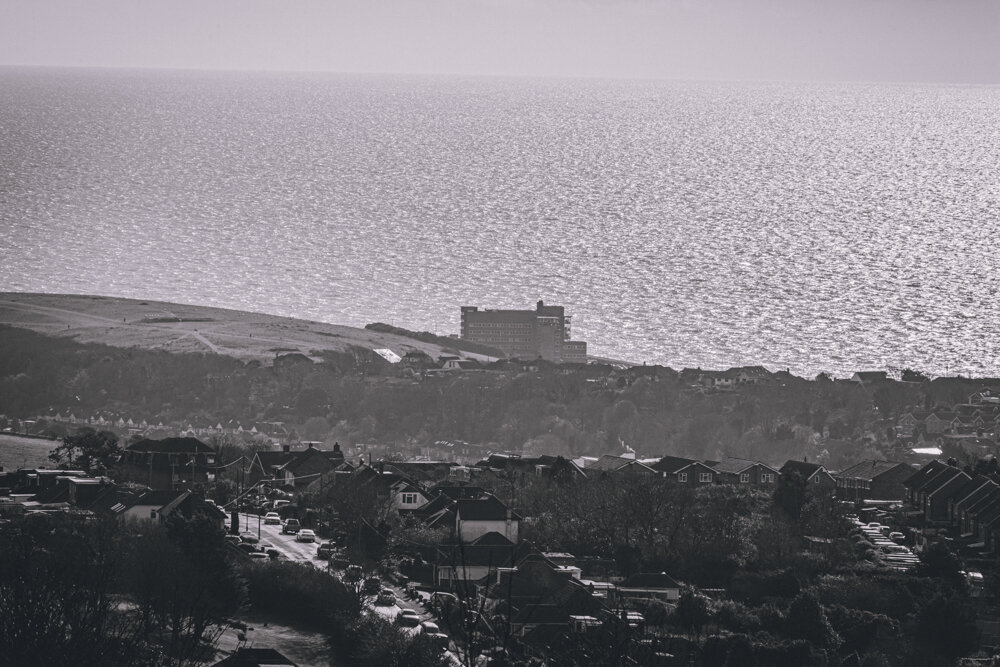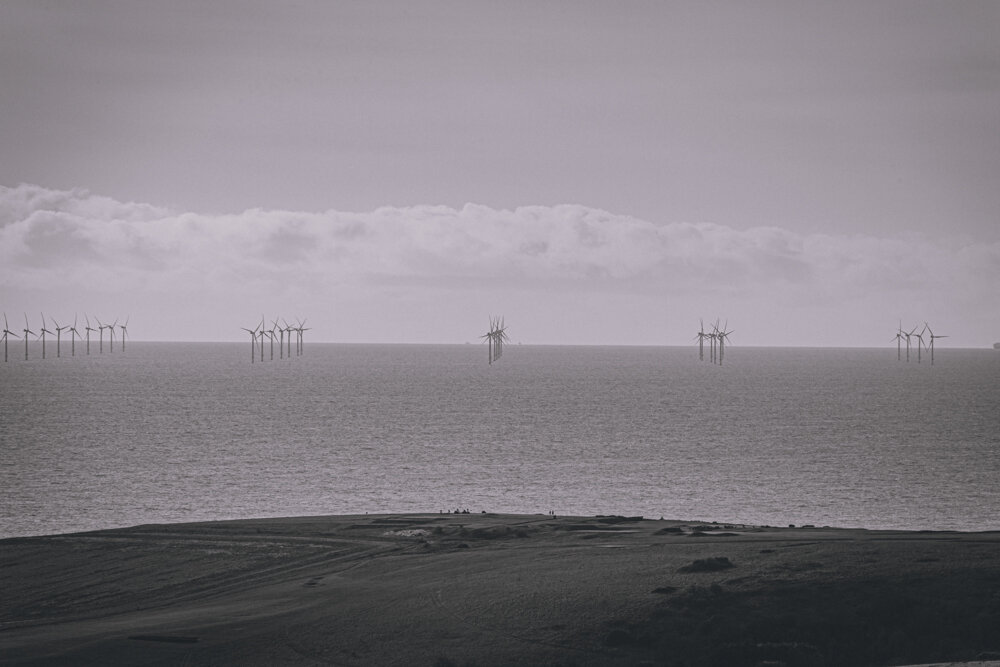My initial idea is about the UK’s national parks, I was thinking about an exploration on the theme of “Access”. What I mean by access is how the public accesses what is mostly private land. I find the contradiction of national parks - that are not owned by the nation but rather private landowners and trusts an interesting contradiction – Simon Roberts “National Property” would be a relevant reference for this concept. The idea for this has come from the research I carried out for my MA projects (stages 1 & 2), as well as observations I made during the first lockdown when every man and his dog was fleeing for the hills for their “exercise” most notably Snowdonia with the huge amount of traffic and parked cars everywhere.
I was thinking I could focus on the specific contradiction of Environment versus Tourism, national parks were brought into existence to preserve their environments yet these same parks also want to attract tourism (people) which damages the very environment they are protecting/preserving, a recent example of this would be the repairs they have had to make to a fell path in the Lake District where they have had to airlift equipment and materials on to the hillside to repair the public footpath to prevent more erosion of the hillside from walkers walking around the damaged path. It is this contradiction that I would want to explore as the environment is a very important subject in the context of our warming environment and the economic and ecological threat it poses. Iceland would be a good case study to reference as it has been a victim of its own success and has had to take steps to protect its environment from over tourism.
10 of the 15 UK national parks were established in the 1950’s, 1 in 1989 and the other 4 between 2001 & 2010.
Not only is the South Downs national park the UK’s newest national park (established in 2010) but also the most densely populated of all the 15 UK parks. Interestingly the parks boarder skirts around the urban centres which is almost a continuous stretch of interlinked towns and cities that run along the coast to the south of it. It does include one large town (Lewes) with most of the urban areas that are contained in the park limited to villages and smaller towns (e.g., Pulborough). When looking at a satellite map of the park you can see a mosaic of cultivated fields, grassland and woodland crisscrossed by roads.
· Historically how has the park been depicted (literature, art, and photography).
· What is the viewpoint from which I will generate work?
· What issue(s) am I exploring?
· Why is this relevant?
The contradiction of a national park being for the nation, yet the majority of the land is in private hands is to me an essential element. There’s farmland, sites of historical and scientific interest as well as infrastructure (powerlines, roads, water sources) all intermingled with one another. The more well-known parts of the park seem to feature heavily in art literature and photography, and this is so when it comes to the promotion of the park by the park’s management authority.
The South Downs Way is a potential thread from which to explore from as it runs from the most eastern edge of the park (Eastbourne) to the most western edge of the park (Winchester). Such an exploration would require multiple access points which feeds into the idea of public access to private land as well as what kind of access points there are available.






































